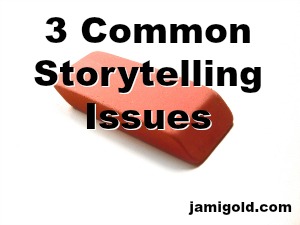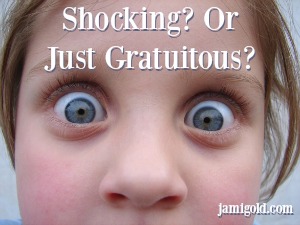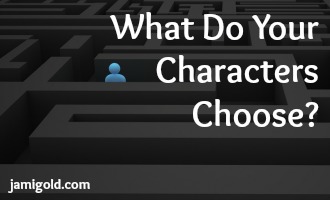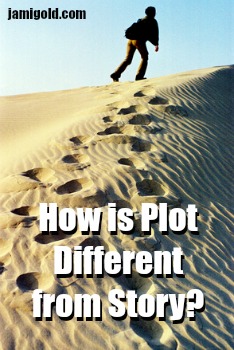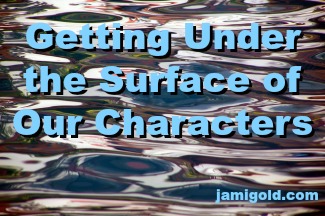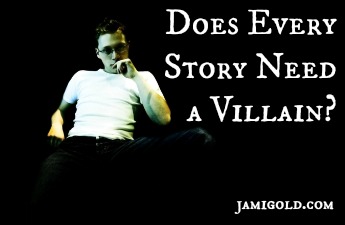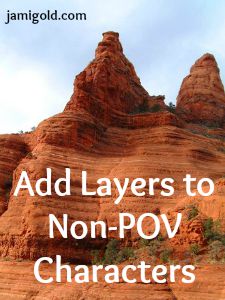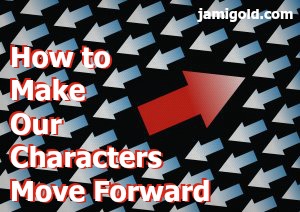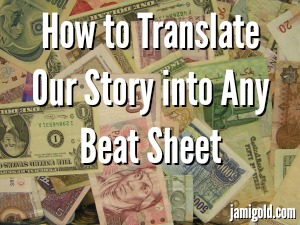Editor Naomi Hughes is here with the first post in a series to share her writing craft and editing advice. Today, she’s highlighting the most common issues she sees at the story level of developmental editing—and giving tips on how to fix those issues!
Pin It
Read More
As authors, we need to be careful when dealing with shocking, horrifying, or potentially problematic story elements. Let’s explore the steps we can go through to figure out the right approach for our genre, story, and characters.
Pin It
Read More
Ashley asked a question in the comments last week that gets at the heart of strong, proactive characters. Even in literary fiction, characters are usually faced with making choices, and whatever triggers those choices is where we’ll find plot and character agency.
Pin It
Read More
Our characters have to overcome many obstacles throughout our plot, but changing the obstacles doesn’t always fix story problems. Sure, sometimes an obstacle doesn’t fit the story, but too often, the obstacle itself isn’t what’s broken—it’s the storytelling around the obstacle.
Pin It
Read More
When we first start off as writers, if someone asks us about our story, we might launch into an overview of our story’s plot. It’s easy to think the plot is what our story is about. But with few exceptions, story isn’t the same as plot.
Pin It
Read More
I’ve written many times about how much I love subtext, the stuff that happens between the lines. Subtext lurks in many aspects of our stories and helps immerse readers and add realism and tension. In addition, subtext can help us build layered characters.
Pin It
Read More
Conflict is one of those words we all think we understand, but the writing-world meaning doesn’t have the same connotation as the non-writing meaning. Yet it’s only after understanding conflict that we’ll see the difference between antagonists and villains in storytelling.
Pin It
Read More
How are villains, character likability, subtext, and point-of-view all related? In many stories, our antagonist is a non-POV character, and for non-POV characters, my previous tips about likability will be limited to subtext. So even though we might not be trying to make our villain likable, we might struggle to make them layered.
Pin It
Read More
Whatever happens in the Climax is often the reason we decided to write the story back when it was just a twinkle in our muse’s eye. But just before the beat of the Climax, our character experienced the Black Moment/Crisis, where they gave up. How do we get them to recommit to the story goals?
Pin It
Read More
Is a Catalyst the same thing as an Inciting Incident? (Answer: Yes.) How do I know? It’s not because there’s a secret cheat sheet with translations for every beat sheet term. *smile* If we know the functions beats fulfill in a story, we’ll always know where a story event belongs on a beat sheet.
Pin It
Read More

